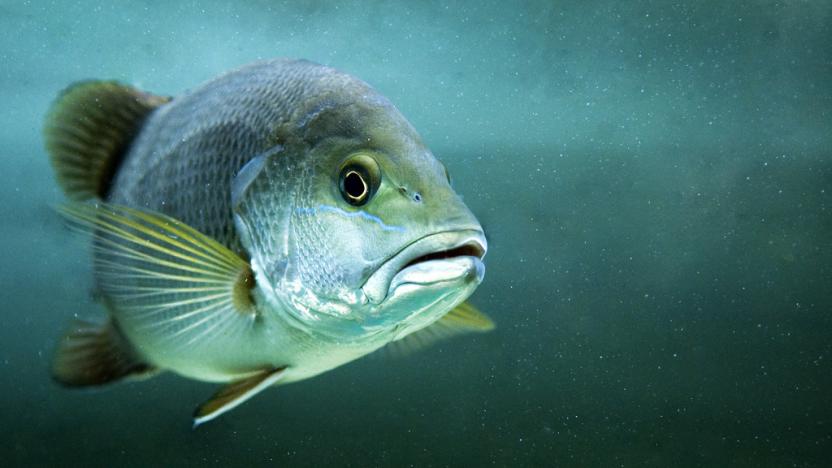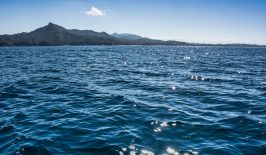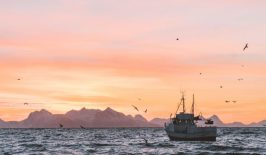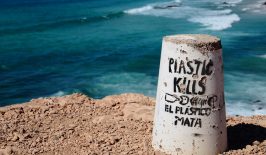Since September 2018 herring caught in the western Baltic Sea is no longer allowed to carry the MSC label. Herring numbers there are currently too low for any fishing activity in the area to be classed as sustainable. While in Europe we have access to reliable information to help the experts react accordingly to these kinds of fish fluctuations, in other countries there are often data gaps. According to the FAO, around 30 percent of global fish stocks are considered overfished, while an American-German research team estimates that the figure could be almost twice as high.
Without accurate data, however, the issue of overfishing – where consumption outpaces natural production – is difficult to solve. For about 17 per cent of the world’s population, fish and seafood are the primary source of animal protein, and almost 60 million people make their living from fishing or aquaculture. Compared with the 1960s, fish consumption on our planet has more than doubled. If this trend continues, which is to be expected as the population continues to grow, things will soon start to look a little gloomier in the shallows of the world’s oceans. It’s about time we found better and quicker methods of collecting high-quality data.
Facial Recognition Technology for a More Sustainble Fishing Industry
The FishFace project from the The Nature Conservancy Australia aims to simplify the data collection process and is working on developing a technology that photographs each fish that’s caught in order to gather information about the species, body length and location where it was found.
They’ve been building up an image database over several months and plan that in the future, a software equipped with artificial intelligence (AI) will use this database to independently assign fish to a certain species on the basis of photos. Machine vision and deep learning make it possible – similar to computer programs that recognize human faces.The associated algorithms are being developed by the Swedish company Refind Technologies.
Speaking to RESET, Johanna Reimers, CEO and Co-Founder of Refind Technologies, explained that the camera they use is located in a special light box, which guarantees the same light conditions and the same distances between camera and object – a bit like a photo booth for fish. To create the database, the caught fish are photographed in this lightbox and the photos are manually assigned species names. Afterwards the pictures are shown to the software millions of times until it learns which visual characteristics belong to which fish species. With this knowledge, the software will be able to classify fish in the future.
The more photos there are in the database, the more reliable the software will be. At the moment it still involves a fair amount of work. Could the data be recorded in the future without the light box or even without human intervention at all? According to Johanna Reimers, although this would be possible in principle, much more image material would be needed.
In the long term, the technology is set to be used on ships and in processing plants around the globe in order to collect information on the proportion of different fish species in fishing catches so that tailor-made fishing regulations can be developed based on what they find out.
Putting FishFace to the Test
According to Johanna Reimers, the pilot stage is almost completed. During a test journey on a fishing vessel in Indonesia thousands of photos were taken under real conditions, where the electricity and internet connection were less than stable. Thankfully the technology has an online/offline solution that allows the data to be collected even when offline and to be uploaded to a cloud as soon as a connection is available.
The tests carried out with fishermen in Indonesia went more or less to plan and a more detailed discussion is set to take place in the follow-up evaluation. That’s also when it will be decided whether the project will receive further funding and with it, the opportunity to install ten more test units on ships and extend the database.
Could FishFace’s style of data collection ever become compulsory for fishermen in the future? It seems unlikely. “At the moment we’re very far from that,” Johanna Reimers explained. And there’s not enough incentive for the fishing industry to use the technology of its own accord right now. But we’re looking forward to seeing what the future holds. You can follow the project’s progress on the Refind blog.









